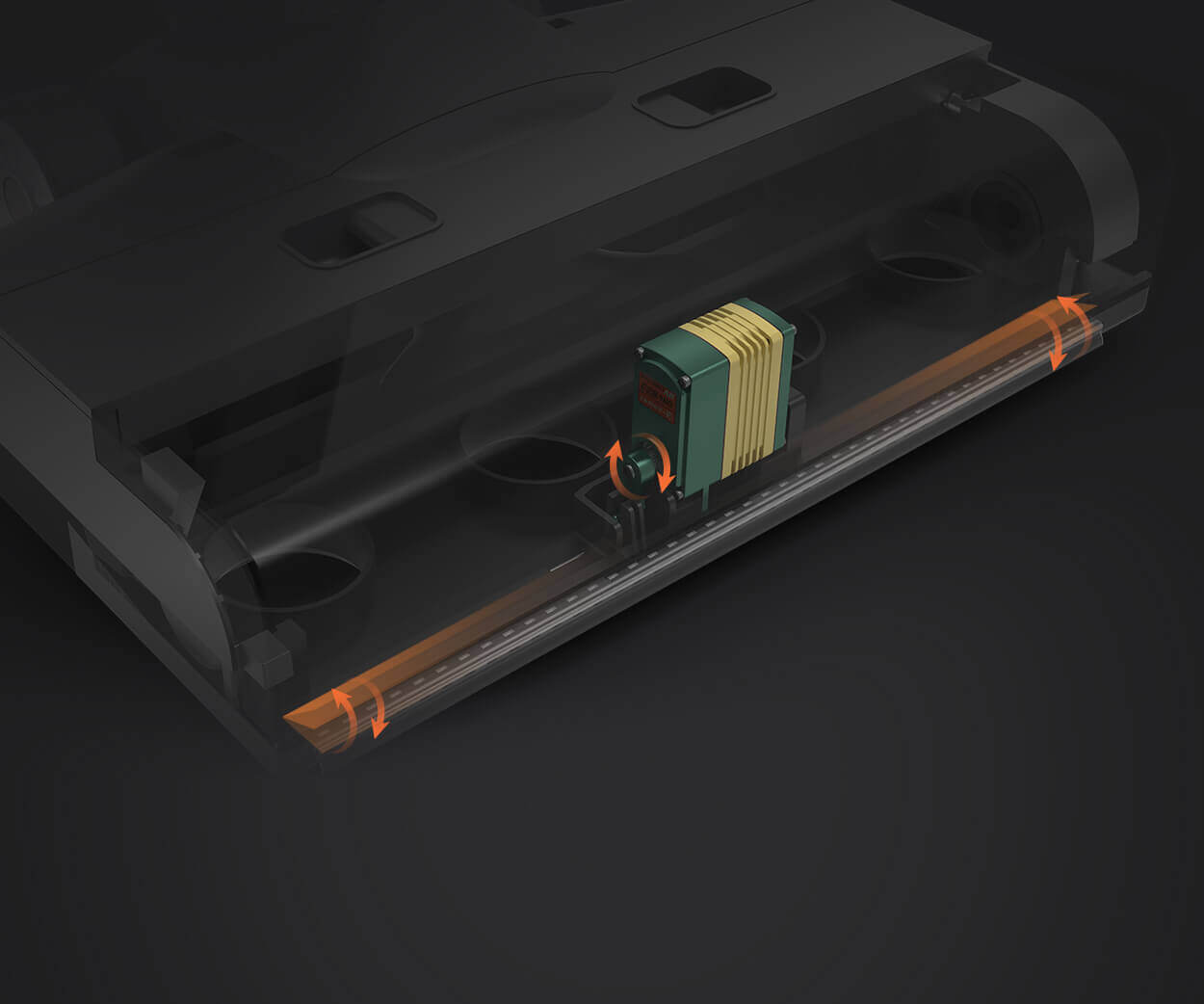Certainly! Here is the first part of a captivating, in-depth soft article based on the theme "servo motor catalogue pdf." I will provide the continuation in the second part afterward.

In the realm of modern automation and robotics, servo motors stand out as the driving force behind precise control, reliable performance, and versatility. Whether you're designing an intricate robotic arm, a CNC machine, or a high-speed conveyor system, understanding how to select the right servo motor can make all the difference. The latest servo motor catalogue PDFs serve as invaluable resources, weaving detailed technical specifications with practical insights, making them indispensable for engineers, hobbyists, and industrial specialists alike.
Why Servo Motors Matter
At their core, servo motors are specialized electromechanical devices designed to provide accurate position, velocity, and torque control. Unlike regular electric motors, which simply run when supplied power, servo motors are part of a closed-loop system. This means they continuously receive feedback signals that enable precise movements—think of them as the finely tuned muscles of automated machinery.
One of the most compelling reasons to delve into the latest catalogue PDFs is their detailed exposition of how current servo motors are engineered. They highlight innovations in motor design, materials, and integrated electronics—leading to enhanced performance metrics such as increased torque at high speeds, improved efficiency, and compact form factors.
Deciphering the Catalogue PDFs: What to Look For
When browsing through these PDFs—often available digitally from manufacturers' websites or distributors—you'll notice a wealth of technical datasheets, illustrations, and application guides. Here’s a roadmap for navigating these resources:
Motor Types and Styles: Understanding the variety is fundamental. Common types include AC servo motors, DC servo motors, and brushless servo motors. Each offers unique advantages; for instance, brushless motors tend to have lower maintenance and higher durability.
Key Specifications: Dive into parameters such as rated torque, stall torque, speed range, acceleration, inertia, and voltage requirements. These figures help match a motor's capabilities with your application's demands.
Control Methods and Interfaces: Many catalogues detail compatible control systems, whether analog, digital, or via advanced protocols such as EtherCAT or CANopen. Knowing this aids seamless integration into your existing system architecture.
Size and Mounting Options: Compact size and versatile mounting holes are often depicted, ensuring physical compatibility with your design.
Performance Curves and Graphs: Visual aids like torque-speed curves reveal the motor's operational envelope, aiding in optimal selection.
Environmental Ratings: IP ratings, insulation classes, and temperature ranges signal where the motor can operate reliably—indoor, outdoor, high-temperature zones, or explosive environments.
The Evolution of Servo Motor Technology
Thanks to the advancements documented in recent catalogue PDFs, servo motors have seen remarkable enhancements. Innovations include:
Enhanced Efficiency: Modern materials and motor winding configurations have reduced energy consumption, crucial for sustainable operations.
Smaller Footprints, Greater Power: Miniaturization without sacrificing power enables integration into space-constrained environments.
Integrated Electronics: Built-in controllers and communication modules simplify system design and improve response times.
Reliability and Longevity: New bearing types, improved insulation, and sealed construction extend service life and reduce maintenance costs.
Applications Across Industries
Servo motors resonate across diverse fields:
Manufacturing & Automation: Precision in robotic arms, pick-and-place machines, and assembly lines hinges on high-performance servo motors.
CNC Machinery: Cutting, milling, and engraving devices rely on accurate position control afforded by advanced servos.
Aerospace & Defense: High-reliability servos are key in flight control surfaces, antenna positioning, and missile guidance systems.
Medical Equipment: Diagnostic machines and surgical robots depend on the smooth and precise operation of servo-driven components.
Consumer Electronics & Hobbyist Projects: Growing from industrial roots, small but powerful servo motors find roles in RC vehicles, drones, and 3D printers.
Navigating the Selection Process
Choosing the ideal servo motor doesn't have to be daunting once you consider these factors:
Define Your Application Needs: Pinpoint the required speed, torque, and positional accuracy. Will your project demand quick responses or sustained high torque?
Match Specifications: Use catalogue datasheets to filter options aligning with your technical criteria.
Consider Control Compatibility: Ensure the motor integrates seamlessly with your control system and desired communication protocols.
Budget Constraints: Balance the cost against performance—sometimes investing a little more yields significant gains in reliability and efficiency.
Environmental Considerations: Confirm the motor's IP rating and temperature range suit your operating environment.
Future Expansion: Think ahead—select a model that can handle potential scaling or upgrading.
That’s the landscape painted through the lens of the newest servo motor catalogue PDFs. In the next section, we'll delve further into specific case studies, illustrative examples, and tips to master the art of selecting your servo motor with confidence. Stay tuned to explore these specifications transformed into tangible innovations for your projects and industrial endeavors.
Leveraging innovations in modular drive technology, Kpower integrates high-performance motors, precision reducers, and multi-protocol control systems to provide efficient and customized smart drive system solutions.




































